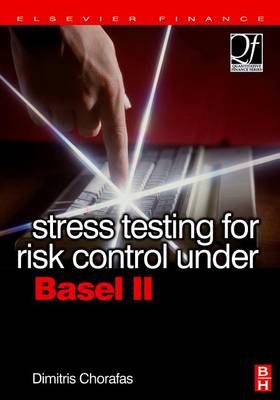The Consultative paper issued by the Basel Committee on Banking Supervision (Basel II) cites the failure of bankers to adequately stress test exposures as a major reason for bad loans. Sample quotes from this crucial document:
* "Banks should take into consideration potential future changes in economic conditions when assessing individual credits and their credit portfolios, and should assess their credit risk exposures under stressful conditions."
* "The recent disturbances in Asia and Russia illustrate how close linkages among emerging markets under stress conditions and previously undetected correlations between market and credit risks, as well as between those risks and liquidity risk, can produce widespread losses."
* "Effective stress testing which takes account of business or product cycle effects is one approach to incorporating into credit decisions a fuller understanding of a borrower's credit risk."
Written for professionals in financial services with responsibility for IT and risk measurement, management, and modeling, Dimitris Chorafas explains in clear language the testing methodology necessary for risk control to meet Basel II requirements. Stress testing is the core focus of the book, covering stress analysis and the use of scenarios, models, drills, benchmarking, backtesting, and post-mortems, creditworthiness, wrong way risk and statistical inference, probability of default, loss given default and exposure at default, stress testing expected losses, correlation coefficients, and unexpected losses, stress testing related to market discipline and control action, and pillars 2 and 3 of Basel II.
- ISBN10 0080467059
- ISBN13 9780080467054
- Publish Date 14 May 2014 (first published 17 November 2006)
- Publish Status Active
- Publish Country GB
- Imprint Butterworth-Heinemann
- Format eBook
- Pages 355
- Language English
